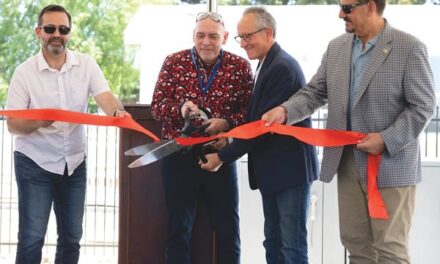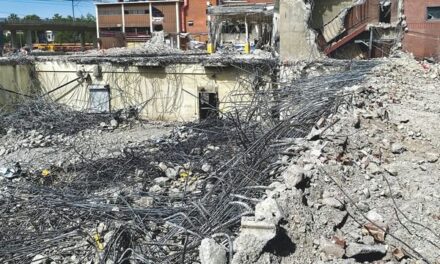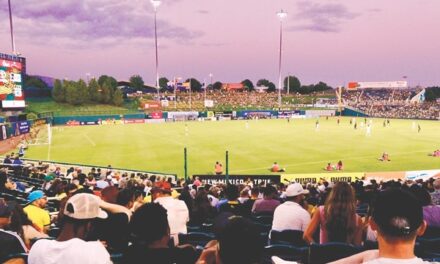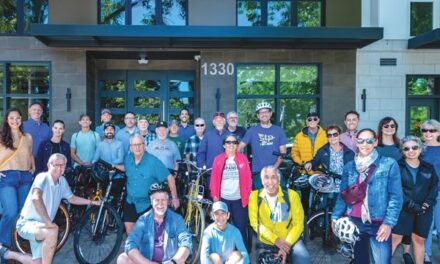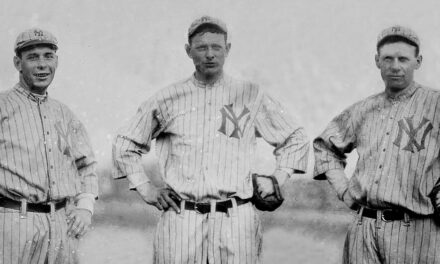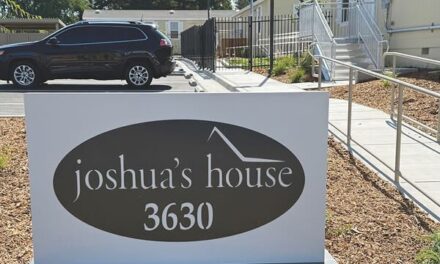Full Steam Ahead
Railyards are finally leaving the station
By Scot Crocker
April 2019
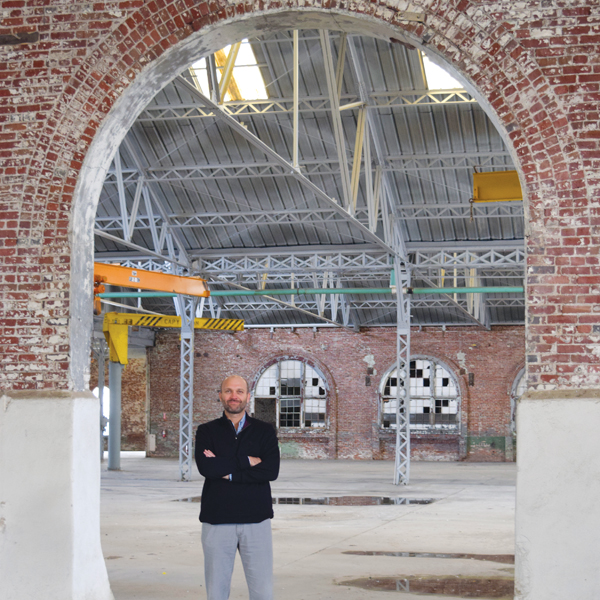
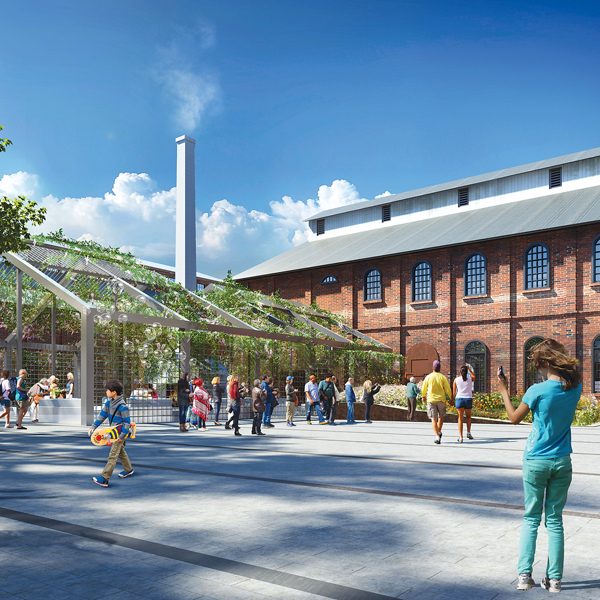
The Sacramento railyards, which linger as an eternal dream for Downtown expansion, are picking up steam. Development plans are laying a foundation to extend the city’s remarkable evolution.
At 244 acres, the railyards represent a massive economic opportunity. The project has taken decades, but the city has been busy. Many infrastructure improvements are finished, including new streets, bridges, the Intermodal Transit Facility and restored train station, track relocation and parking improvements.
The goal is a regional transportation hub to incorporate transit services and support amenities that bring together passenger rail, regional rail, light rail transit, intercity bus, local bus, charters, rental services, bicycles, pedestrians and automobiles.
While infrastructure is key, the railyards’ success requires commercial and residential development. That task falls to LDK Ventures. Founded by Larry Kelley, LDK has developed major projects around the region, including the conversion of McClellan Air Force Base into a successful business park.
The vision is now in the hands of Larry Kelley’s son, Denton, who will help shape the former Southern Pacific yards over the next 20 years and beyond.
“We have the opportunity to change the landscape of Sacramento and economic development of the city,” Denton Kelley says. “We can raise the bar by doubling the size of the Downtown area.”
Kaiser Foundation Hospitals recently finalized plans to acquire eight square blocks in the railyards for a new medical center to replace Kaiser’s Morse Avenue facility.
Billionaire Ron Burkle said he would purchase majority ownership in the Sacramento Republic soccer club, build a stadium in the railyards and develop an adjacent entertainment district. Burkle’s plans hinge on moving the minor-league Republic into Major League Soccer.
“We are working for an MLS team,” Kelley says. “It’s still going and still positive. And we hope to announce a partner for our entertainment district, which can also serve as an anchor for our central shops and retail.”
The plans for the full development of the railyards include more than 500,000 square feet of retail, roughly 3 million square feet of office and 6,000 to 10,000 residential units. There will be restaurants, retail, open space, and links to Sacramento’s cultural and historical roots.
While the railyards are an extension of Downtown, Kelley sees the development as unique for Sacramento.
“Downtown and Midtown are wonderful districts, but they are a mix of old and new just because they have been around for a long time,” Kelley says. “It’s a hodgepodge of architecture. While we have the old railyards’ buildings adding a gritty industrial vibe, the railyards will be totally new construction with a new, modern flavor.”
Expectations are running high about the transformation and how it will expand the Downtown core for people to live, work and play there.
“We wanted higher densities and to have people living close to work,” says Richard Rich, railyards project manager with the city. “We want to change transportation modes and get people out of their cars.”
He sees the railyards as a pedestrian center where people can walk, bike or use alternative transportation. With its proximity to jobs throughout Downtown, residents will have options to get around, including bikes and scooters.
Kelley agrees with the vision of residents living, working and playing in the new district. Kaiser will have several thousand employees. Offices and retail shops will mix with housing.
“Think about how many doctors, nurses and support staff will work at Kaiser,” Kelley says. “We can create a very nice work-live dynamic.”
Sacramento isn’t only focused on the railyards. The Powerhouse Science Center is being built nearby along the Sacramento River. City officials are facilitating a vision for riverfront development north from Old Sacramento.
As always, there could be headwinds. Economic downturns halted previous projects. And when the economy soars, construction costs rise and push property costs and rents higher.
“These things are out of our control,” Kelley says. “It happens in development. Labor costs and construction go up in a good economy. We’ll do the best we can and expect it will equal out over time.”
Rich wonders about the perceptions of two distinct parts of Downtown, old and new, separated by rail tracks. “It happens,” he says. “You have a perception of this side, or that side, of the tracks. It can be a challenge, but we’re aware of it.”
The railyards will progress over the next 20 years. Each milestone will offer another reason for Sacramento to join the ranks of the nation’s most livable cities.
Scot Crocker can be reached at scot@crockerbranding.com.





